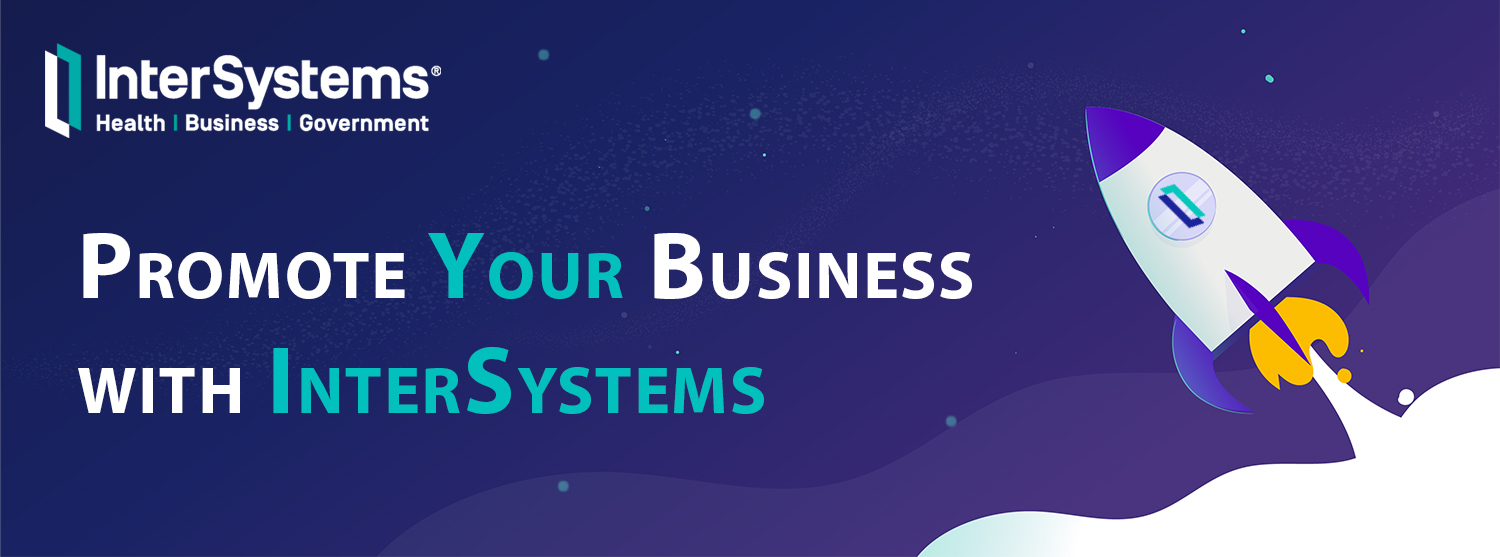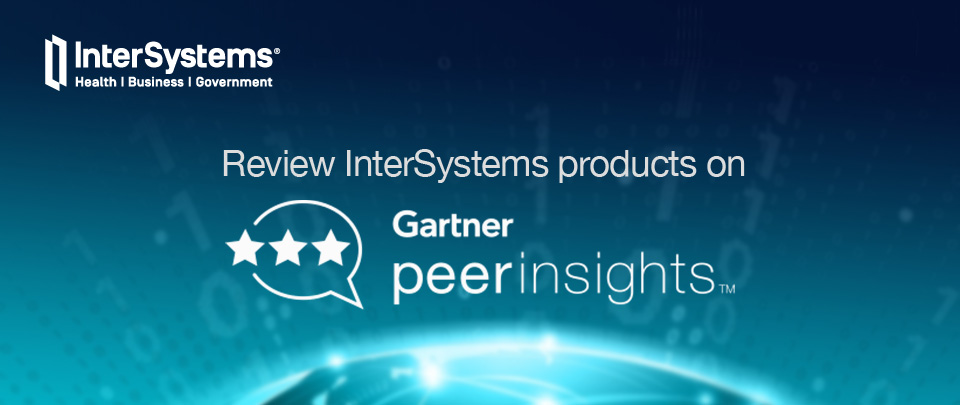Hi everyone,
when I'm using the %JSONExport-function on Caché-Objects containing properties of type %integer, %numeric or %boolean, this properties are all automatically converted to Strings in the JSON-Output.
Is there a way to get around this type-cast?
Example:
Result with %JSONExport:
maxOrderable and maxReserveable are of type %integer, deliverable and assembly of type %boolean. All 4 properties are shown as quoted Strings.
.png)

.png)

.png)

 General stats:
General stats: